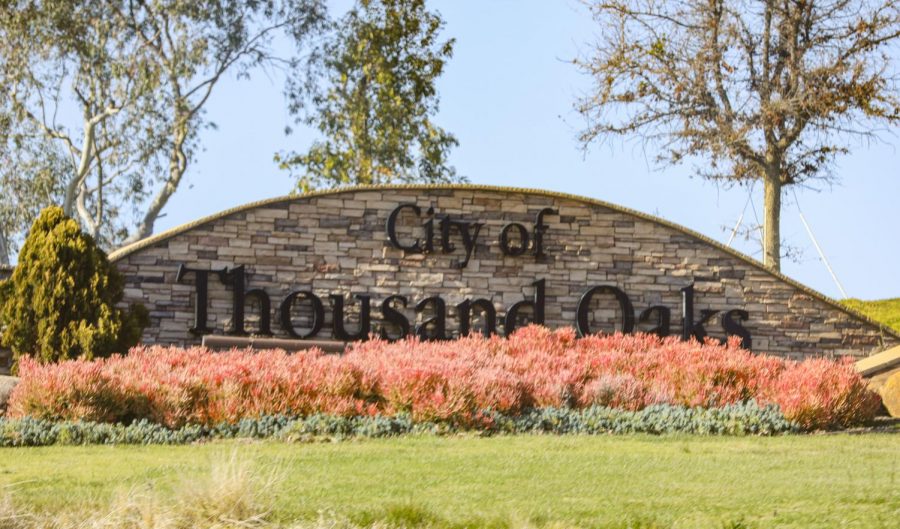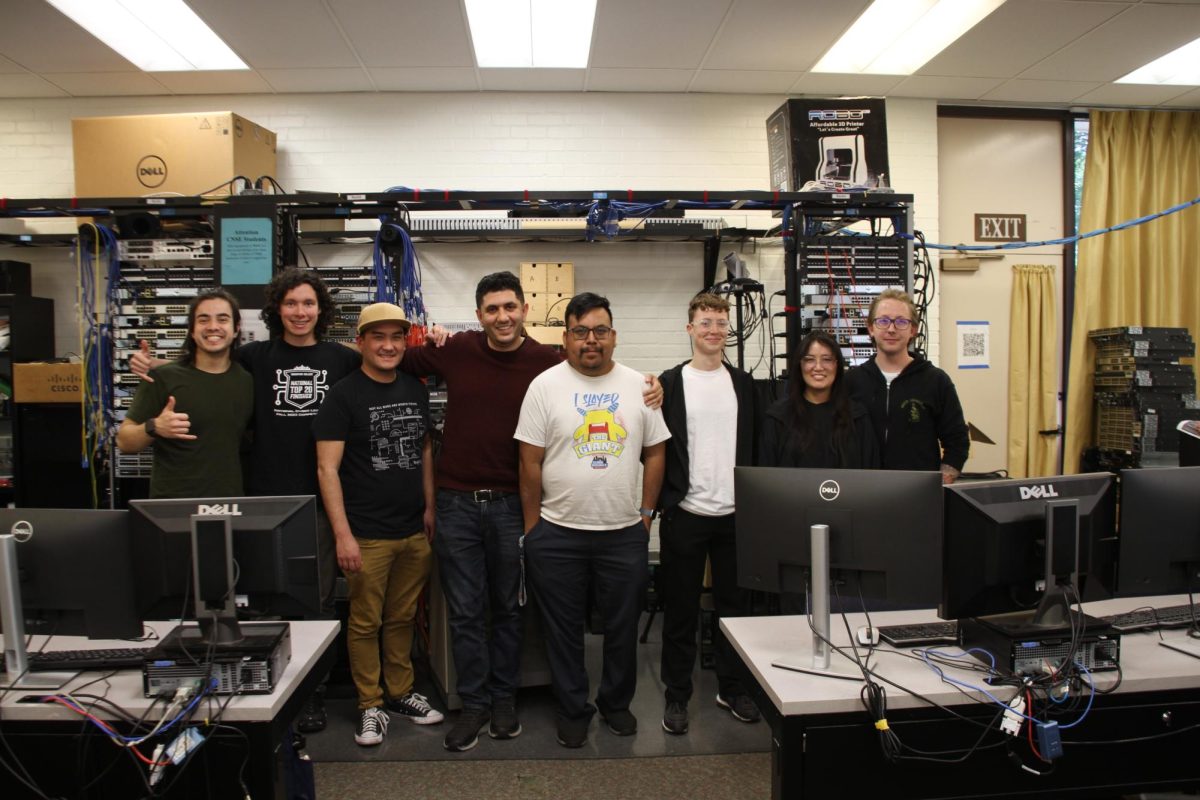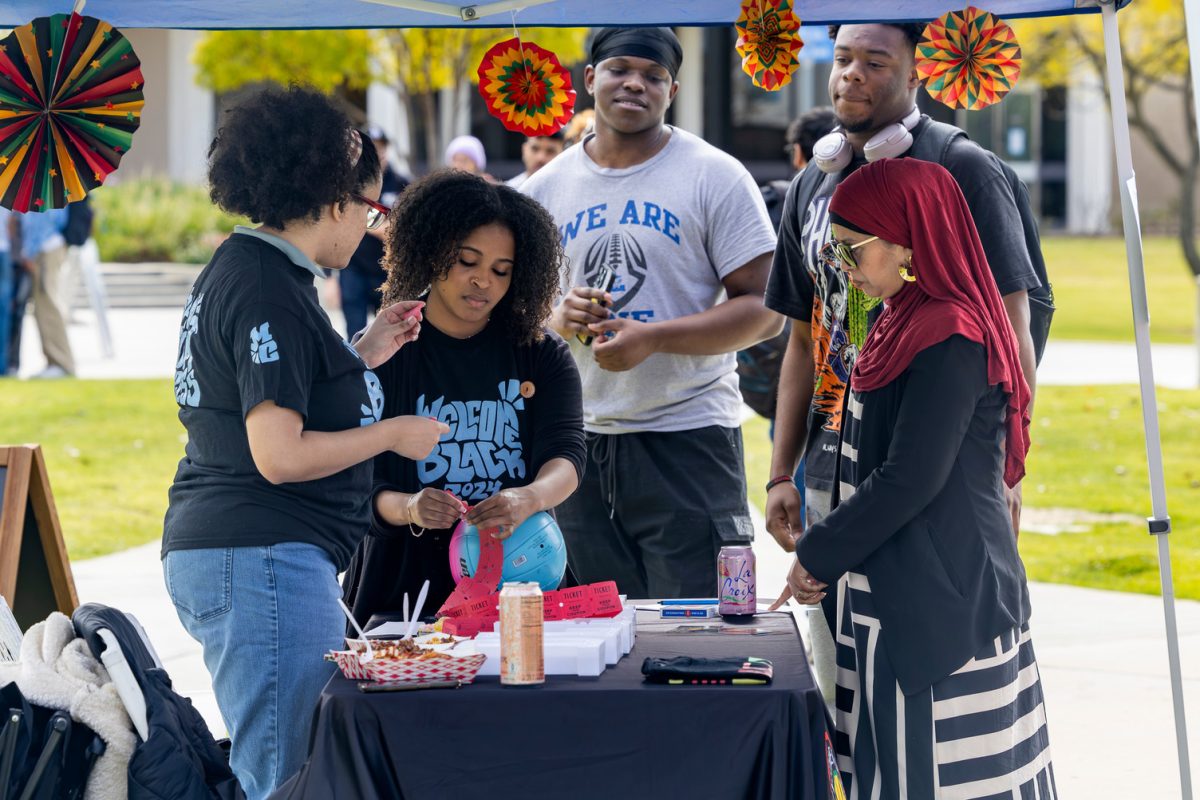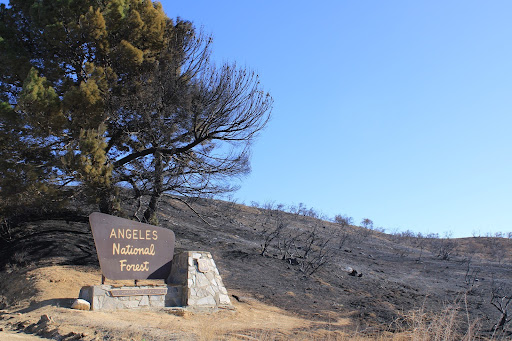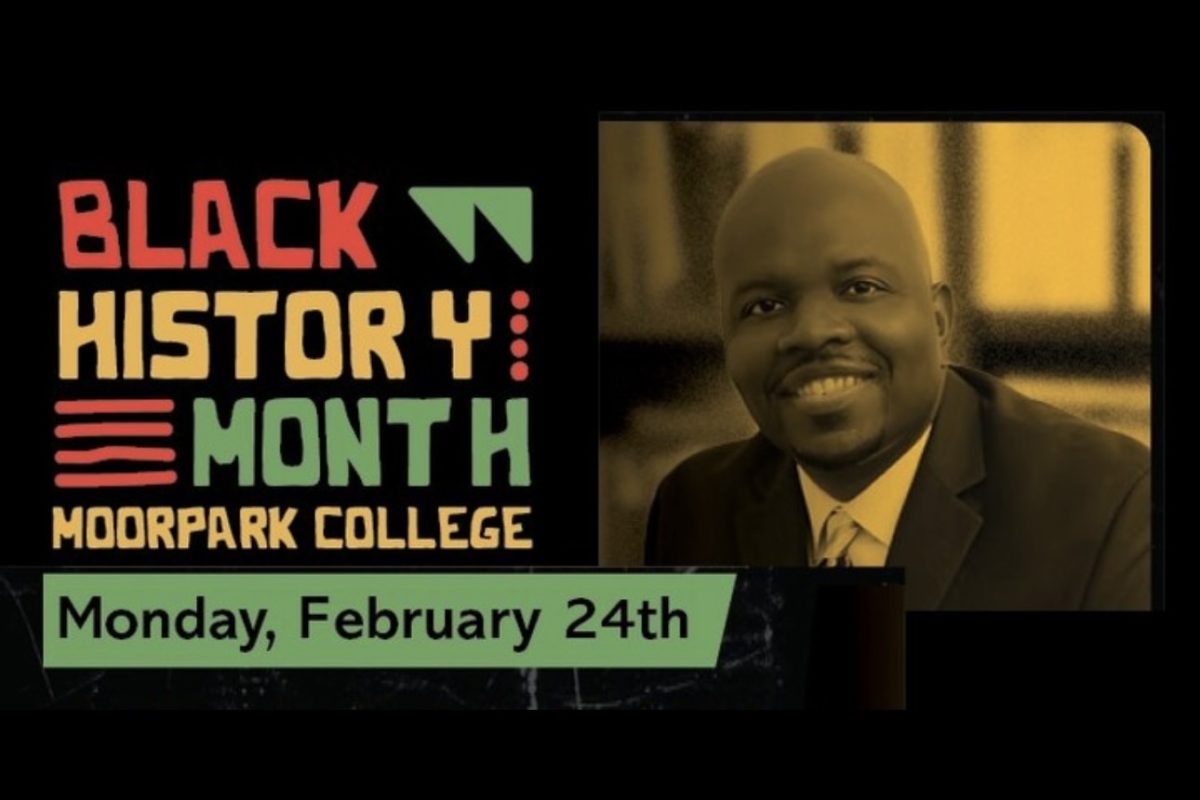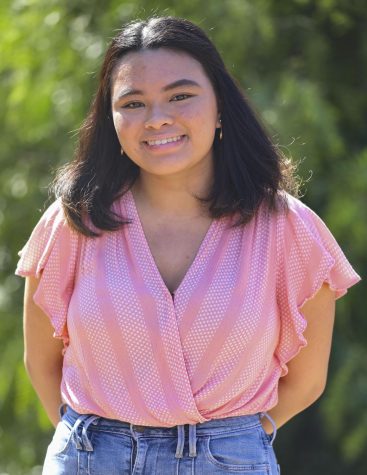On March 16, the Thousand Oaks City Council provided an update on their Thousand Oaks General Plan 2045’s focus on Environmental Justice and Equity and how the city aims to address local issues.
The Thousand Oaks General Plan has not received a comprehensive update since 1970 and the plan is intended to be a guide for the city’s future. Led by consultant Matt Raimi from Raimi and Associates, the Thousand Oaks General Plan is a community-based effort to enact change and achieve goals for the city.
A General Plan Advisory Committee of 24 community members was formed to discuss public interest issues such as racial and health equity, environmental justice and income equality.
In a proclamation during Feb. 23, Mayor Claudia Bill-de la Peña provided a statement of support for increased public engagement with the Thousand Oaks General Plan.
“We invite all members of our community to renew their commitment to ensuring racial equity, understanding and justice and to participate in activities designed to advance the cause of freedom and equality,” stated Mayor Bill-de la Peña.
In an overview presentation, Raimi differentiated equity from equality. While equality ensures the same exact amount of resources and support, equity was defined as “everyone is provided with what they need so that ultimately everyone is at the same level.”
Raimi noted specific socioeconomic and environmental factors that impact a person’s health and well-being are race, gender and income. In order to promote equity, the city must address these factors within the general plan.
The presentation reported that redlining, redevelopment and income-based zoning have allowed for a historical precedent of exclusionary planning and development, which has ultimately impacted housing in the greater Los Angeles area.
As part of the city’s general plan, Raimi and Associates conducted a survey of the city’s health.
“As part of the existing conditions work, we did a comprehensive analysis of health conditions in the community, and what we found overall is that Thousand Oaks is a very healthy community,” explained Raimi.
Areas of concern highlighted were the adult obesity rate of over 20%, housing cost burden and increased rates of suicide in the city’s northwest quadrant comparative to the county.
The city has identified three clear steps to addressing environmental justice: identifying disadvantaged communities, engaging with community members and integrating policies to address disadvantaged communities’ priorities.
Thousand Oaks has surpassed the second step and is currently working toward creating goals, policies and programs that tackle the issues that disadvantaged communities face.
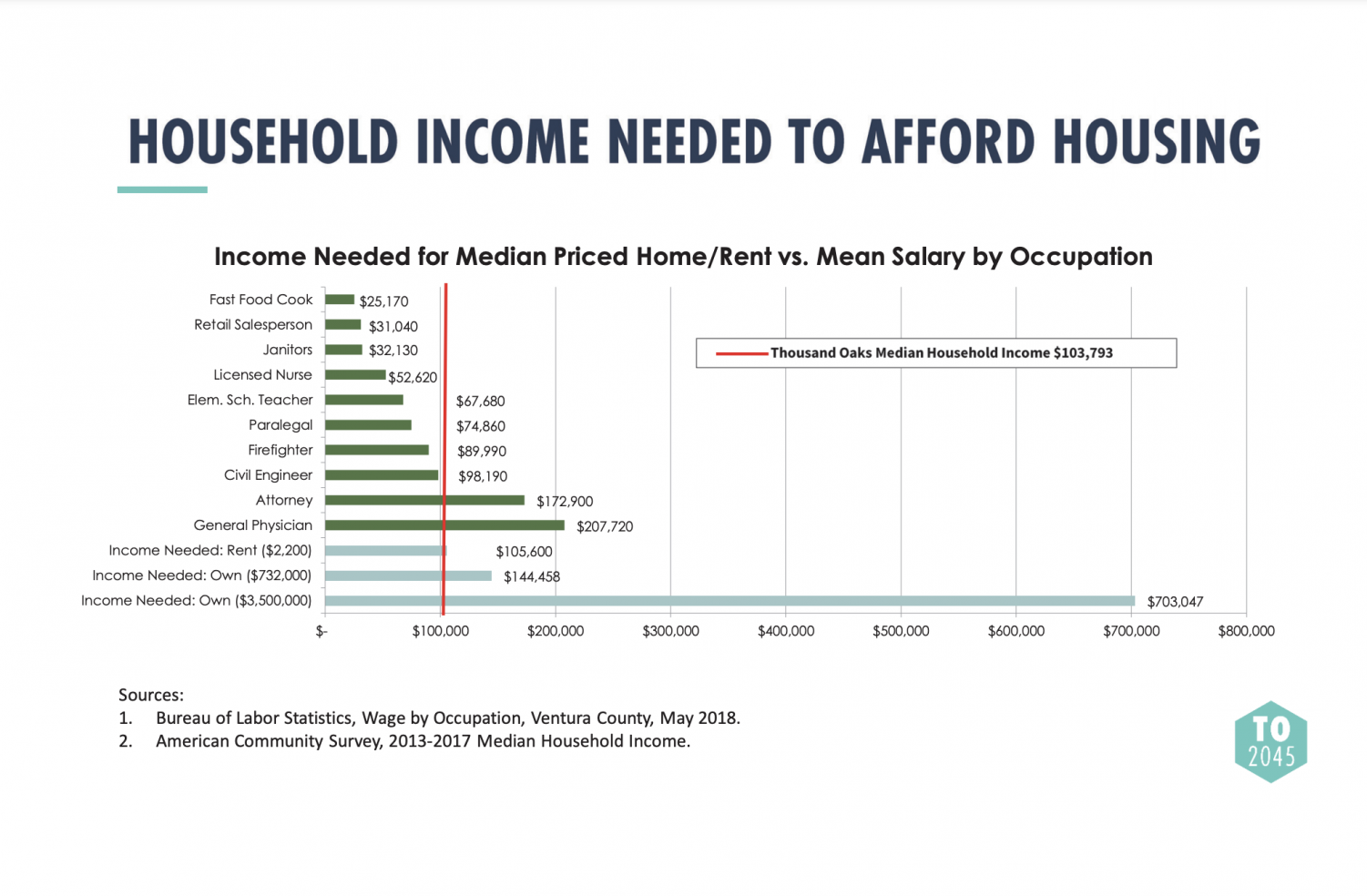
Affordable housing was the main concern addressed by both community members and councilmembers throughout the meeting.
Rossanna Guerra, a Thousand Oaks resident for nearly 28 years, discussed the gradual change within the community from when she first moved to the area as a young adult herself.
“Through the years I’ve noticed that our neighborhood has changed. All of those young kids have now become grown adults and have moved on to other neighborhoods. All of our older neighborhoods have also relocated,” said Guerra. “One by one, college-aged kids say there’s nothing to bring them back to Thousand Oaks. Older neighbors sell and move on to other parts of the county or out of state because Thousand Oaks doesn’t have enough affordable real estate to downsize.”
Raimi noted that the city’s median household income is $103,793 and many working-class people do not meet this median, therefore many low-income people working within Thousand Oaks cannot afford to live in the city. This has led to many working people commuting daily to their jobs.
Raimi stated that “the connection between income, housing and health is really critical.”
Councilmember Al Adam noted that 60% of working people within the city commute in from other areas, and emphasized the lack of affordable housing available to commuters.
“I think it’s been adequately presented and proven to us that there is a need in the city of Thousand Oaks for workforce housing, and that’s where this council can really make a difference,” urged Adam.
Raimi discussed comments raised by community members that indicate “exclusionary sentiments” regarding affordable housing, as people from various incomes would be brought into the community.
Peña responded to these comments in support of affordable housing options.
“There are residents and homeowners in town that fear that high-density apartments will lead to crime and a reduction in property values. Now is that statement a racist statement or is it an elitist statement?” asked Peña. “I want to make sure that whatever housing policy we come up with ensures that everybody will have a chance at decent accommodations, and that any low-income units will be deeded in a way that they cannot be turned over into market-rate housing units.”

